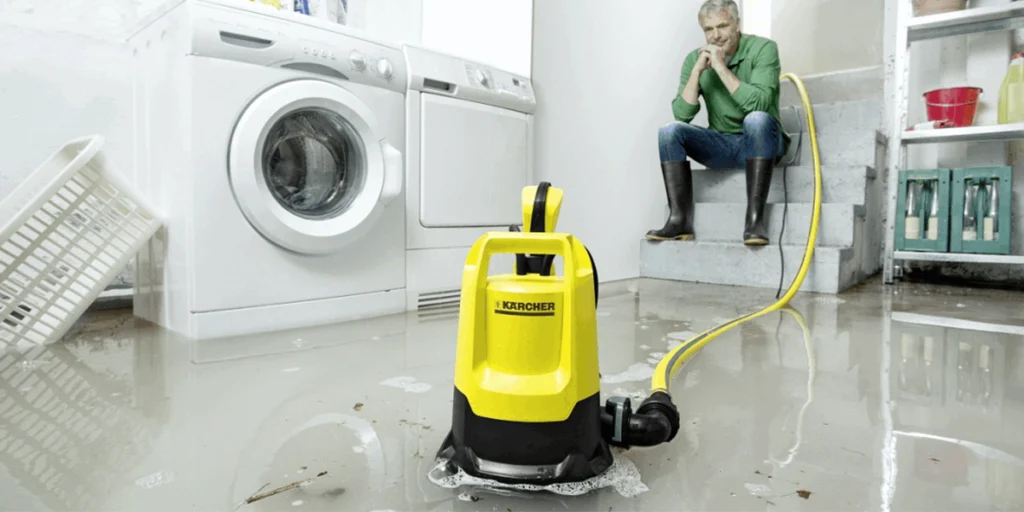Plumbing, an essential aspect of modern life, has a rich history that dates back to ancient civilizations. From rudimentary systems in ancient times to the advanced plumbing technologies of today, the evolution of plumbing reflects the progress of human innovation and our quest for comfort and hygiene. This article explores the fascinating journey of plumbing through the ages.
Contents
Ancient Plumbing Systems
Ancient Plumbing Systems were the foundation of modern water management, with early civilizations developing innovative ways to transport, store, and dispose of water. From clay pipes in Mesopotamia to Roman aqueducts, these systems shaped the evolution of plumbing.
Mesopotamia and the Indus Valley (c. 4000-2500 BCE)
The earliest known plumbing systems were developed in Mesopotamia and the Indus Valley. In Mesopotamia, clay pipes were used to transport water to public baths and homes. The Indus Valley civilization, particularly in cities like Mohenjo-Daro and Harappa, boasted advanced drainage systems with well-planned underground sewers and sophisticated public baths.
Ancient Egypt (c. 3000 BCE)
The Egyptians utilized copper pipes to build complex plumbing systems for irrigation and domestic use. They constructed bathrooms and lavatories in palaces and temples, and the famous pyramids had intricate drainage systems to manage water.
Ancient Greece (c. 2000 BCE)
The Greeks made significant advancements in plumbing, including the development of aqueducts and cisterns. The Minoans on Crete were among the first to use flush toilets and running water in their palaces, such as the Palace of Knossos.
Ancient Rome (c. 753 BCE – 476 CE)
The Romans revolutionized plumbing with their extensive aqueduct systems, which transported water over long distances to urban centers. They built public baths, fountains, and sophisticated sewage systems, such as the Cloaca Maxima, one of the world’s earliest sewage systems still in use today.

Medieval and Renaissance Plumbing
Medieval and Renaissance Plumbing saw both decline and innovation in water management. While plumbing regressed during the Middle Ages, the Renaissance plumbing advancements revived sanitation practices, culminating in the invention of the flush toilet by Sir John Harington in 1596.
Middle Ages (5th – 15th Century)
During the Middle Ages, much of the advanced plumbing knowledge from ancient times was lost in Europe. However, some monasteries and castles maintained basic plumbing systems, often using lead pipes for water transport and rudimentary waste disposal methods.
Renaissance (14th – 17th Century)
The Renaissance period saw a revival of interest in science and technology, leading to improvements in plumbing. In 1596, Sir John Harington invented the flush toilet, a significant milestone that laid the groundwork for modern sanitation.
Modern Plumbing
18th and 19th Century Innovations
The Industrial Revolution brought about significant advancements in plumbing technology. Cast iron pipes replaced wooden ones, and steam-powered pumps improved water distribution. The development of indoor plumbing became more widespread, and modern sewer systems were designed to improve public health.
20th Century to Present Day
The 20th century saw the standardization of plumbing systems and the introduction of new materials such as copper and plastic pipes. Innovations in water heaters, pressure systems, and wastewater treatment plants revolutionized domestic and industrial plumbing. Today, plumbing continues to evolve with smart technologies, including touchless faucets, water-saving fixtures, and advanced leak detection systems.
Impact on Public Health and Hygiene
The evolution of plumbing has played a crucial role in improving public health and hygiene throughout history. In ancient civilizations, the development of drainage systems and access to clean water helped prevent waterborne diseases. The Roman aqueducts and sewer systems significantly reduced waste accumulation, improving sanitation in densely populated areas.
During the Industrial Revolution, urbanization led to severe sanitation issues, prompting governments to implement modern sewage and water treatment systems. The introduction of indoor plumbing in the 19th and 20th centuries drastically reduced the spread of diseases like cholera and typhoid. Today, advancements in water filtration, wastewater treatment, and smart plumbing technology continue to safeguard public health, ensuring clean water access and sustainable sanitation solutions worldwide.

Conclusion
From the ancient clay pipes of Mesopotamia to today’s smart plumbing technologies, the evolution of plumbing reflects humanity’s continuous strive for better living conditions and hygiene. Each era has contributed to the development of more efficient, safe, and sustainable plumbing systems that are crucial to our modern way of life. As technology advances, the future of plumbing promises even greater innovations, ensuring that clean water and effective sanitation remain accessible to all.
FAQs
The earliest known plumbing systems were developed in Mesopotamia and the Indus Valley around 4000-2500 BCE. These civilizations utilized clay pipes for water transport and had advanced drainage systems.
The ancient Egyptians used copper pipes to create complex plumbing systems for irrigation and domestic use. They built bathrooms and lavatories in palaces and temples, and their pyramids featured sophisticated drainage systems.
Greeks developed aqueducts and cisterns for water storage and transport. The Minoans on Crete were among the first to use flush toilets and running water in their palaces, such as the Palace of Knossos.
The Romans built extensive aqueduct systems to transport water over long distances. They constructed public baths, fountains, and advanced sewage systems like the Cloaca Maxima, which is one of the earliest known sewage systems still in use today.
During the Middle Ages, much of the advanced plumbing knowledge from ancient times was lost in Europe. However, some monasteries and castles maintained basic plumbing systems using lead pipes and rudimentary waste disposal methods.









